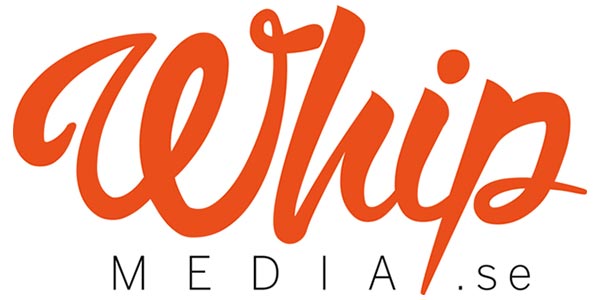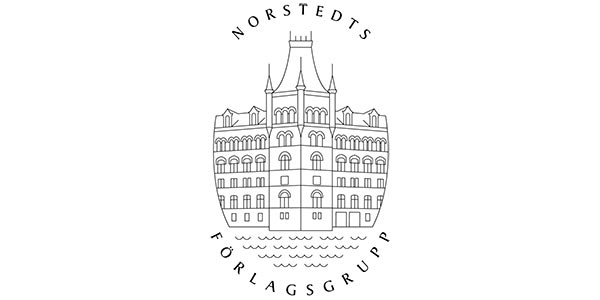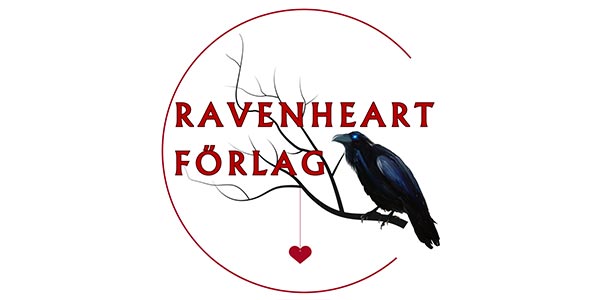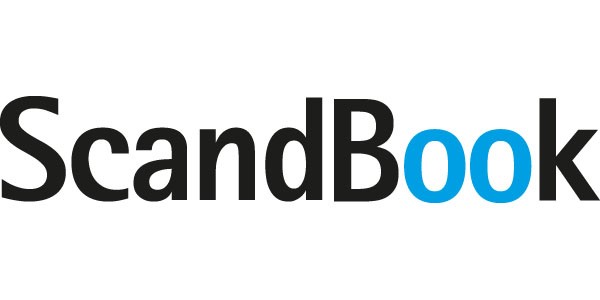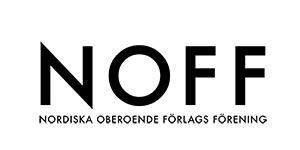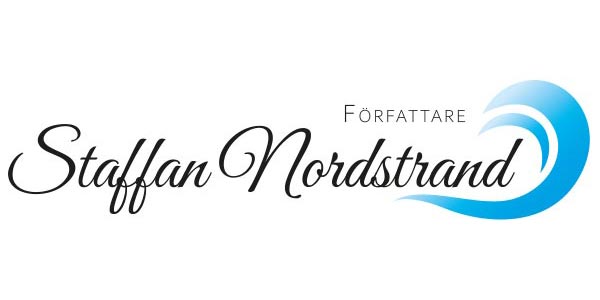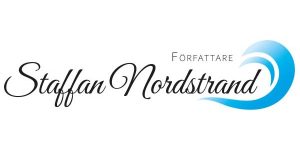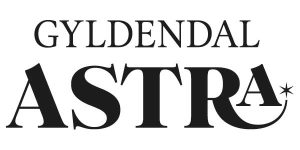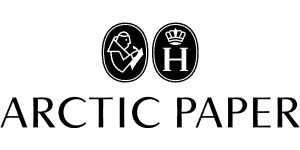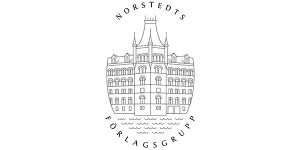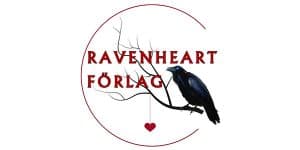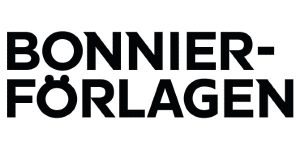
Kanon : perspektiv på svensk konsthistorieskrivning / The Canon : perspectives on Swedish art historiography

| Serie | Skiascope |
|---|---|
| Författare | |
| Medverkande | |
| Förlag | Göteborgs konstmuseum |
| Genre | Konst |
| Format | Danskt band |
| Språk | Svenska |
| Antal sidor | 450 |
| Vikt | 896 gr |
| Utgiven | 2021-02-15 |
| SAB | Iaa |
| ISBN | 9789198460155 |
Konsthistorien, som den presenteras i översiktsverk och museihängningar, uppfattades länge som ett självklart urval av de främsta och mest förebildliga konstverken. Under senare decennier har inte bara frågan om vilka konstnärer och konstverk som ska inkluderas, utan också själva den konsthistoriska berättelsen utmanats. Kanon. Perspektiv på svensk konsthistorieskrivning undersöker kanoniseringsprocesser i svensk konsthistoria med utgångspunkt i Göteborgs konstmuseums och Norrköpings Konstmuseums samlingar och historia. Med nedslag i några belysande exempel diskuteras svensk konsthistorisk kanon och dess gränser. Till dessa exempel hör en konstsamlare och mecenat, två inflytelserika museichefer, en Düsseldorfmålare, naivismens och det traditionella figurativa måleriets ställning i modernismen. Studierna erbjuder skiftande perspektiv på svensk kanon och museernas roll i skapandet och upprätthållandet av densamma.
In English:
How has an art collector and patron, two influential museum directors and a Düsseldorf painter influenced our perception of artistic quality? How has the position of naïvism and traditional figurative painting been valued within modernism?
Art history, as presented in encyclopaedic works and museum displays, was long regarded as a self-evident selection of the pre-eminent and most outstanding works of art. In recent decades, not only the question of which artists and artworks should be included, but the very concept of the art historical narrative have been challenged. The Canon: Perspectives on Swedish Art Historiography investigates the canonization process in Swedish art history with a focus on the collections and history of the Gothenburg Museum of Art and Norrköpings Konstmuseum. The study relies on various illuminating examples to discuss the Swedish art historical canon and its parameters. These include an art collector and a donor, two influential museum directors, a Düsseldorf painter and the position of naïvism and traditional, figurative painting within modernism. These separated studies provide a range of perspectives on the Swedish canon and the role of museums in the creation and maintenance of the same.

